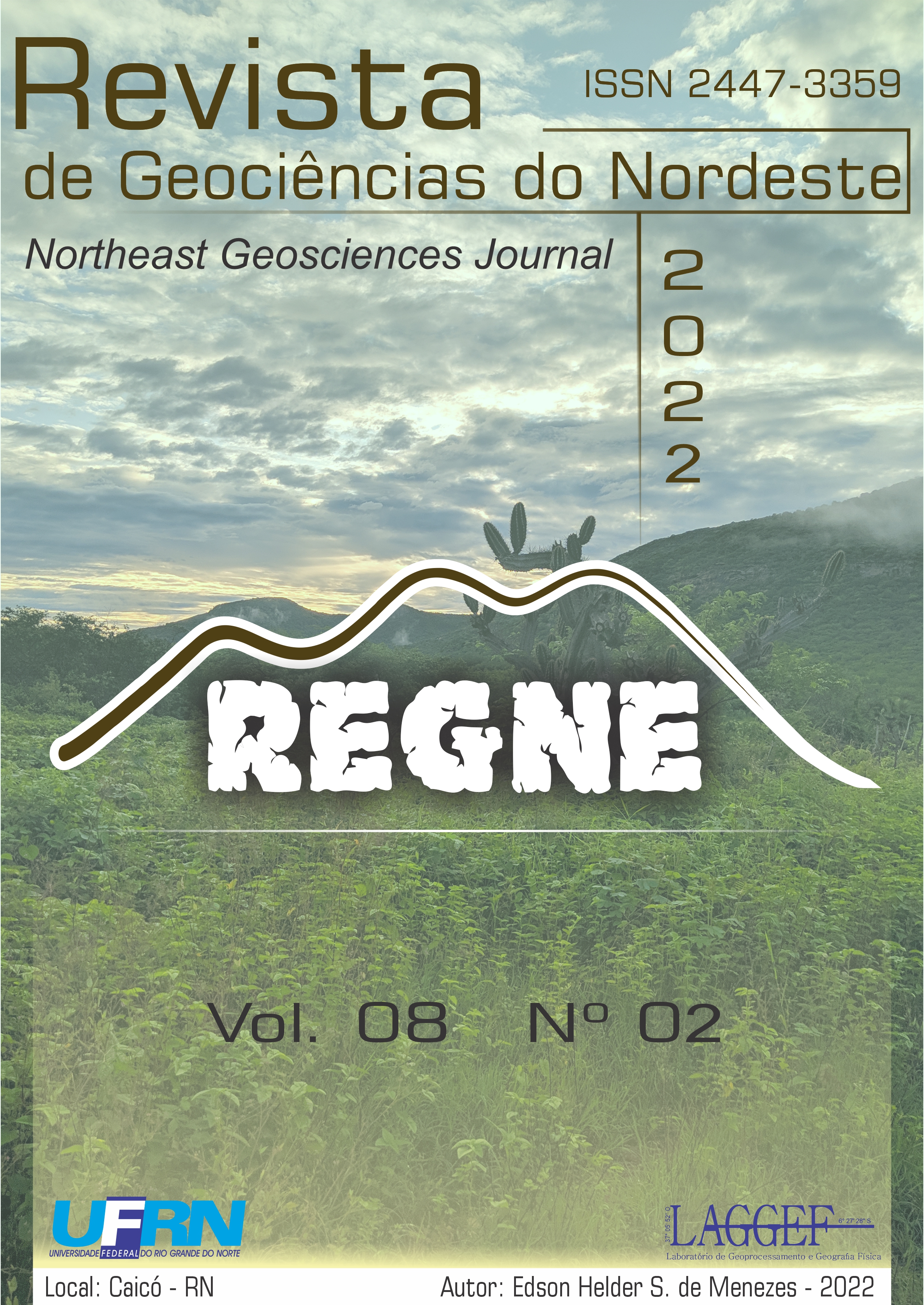SOCIAL-ENVIRONMENTAL INDICATORS AND VULNERABILITY TO FLOODS IN TERESINA, PIAUÍ.
DOI:
https://doi.org/10.21680/2447-3359.2022v8n2ID27200Abstract
AbstractThe disorderly occupation of Brazilian cities has increased the number of people affected by floods and the occupation of the larger bed of urban rivers by poor populations has contributed to the sharpness of the damage generated. Socio-environmental vulnerability studies have become a valuable tool in the search for mitigating the effects of floods, as they bring together social, economic, and environmental indicators, revealing the response capacity of those affected to cope with disasters. Thus, this study aimed to analyze the socio-environmental vulnerability of Teresina, Piauí, to recurrent floods. For this purpose, alphanumeric data of 11 variables were used, grouped into 4 criteria: demography, education, income, and housing conditions, for the 110 neighborhoods in the municipality of Teresina. The socio-environmental vulnerability index (IVSA) equation for the municipality of Teresina was based on a simple arithmetic mean. The refined data of the 11 variables and IVSA were spatialized via QGIS tools. It was found that the neighborhoods Itararé, Angelim, Santo Antônio, Promorar, and Mocambinho are the most vulnerable to floods in Teresina, as they presented low rates in the dimensions evaluated, making it essential the intervention of the public power on them, to increase the response capacity through the materialization of the disaster.
Keywords: Vulnerability. Flood. Teresina.
Downloads
Downloads
Published
How to Cite
Issue
Section
License
Copyright (c) 2022 Revista de Geociências do Nordeste

This work is licensed under a Creative Commons Attribution 4.0 International License.


 Português (Brasil)
Português (Brasil) English
English







